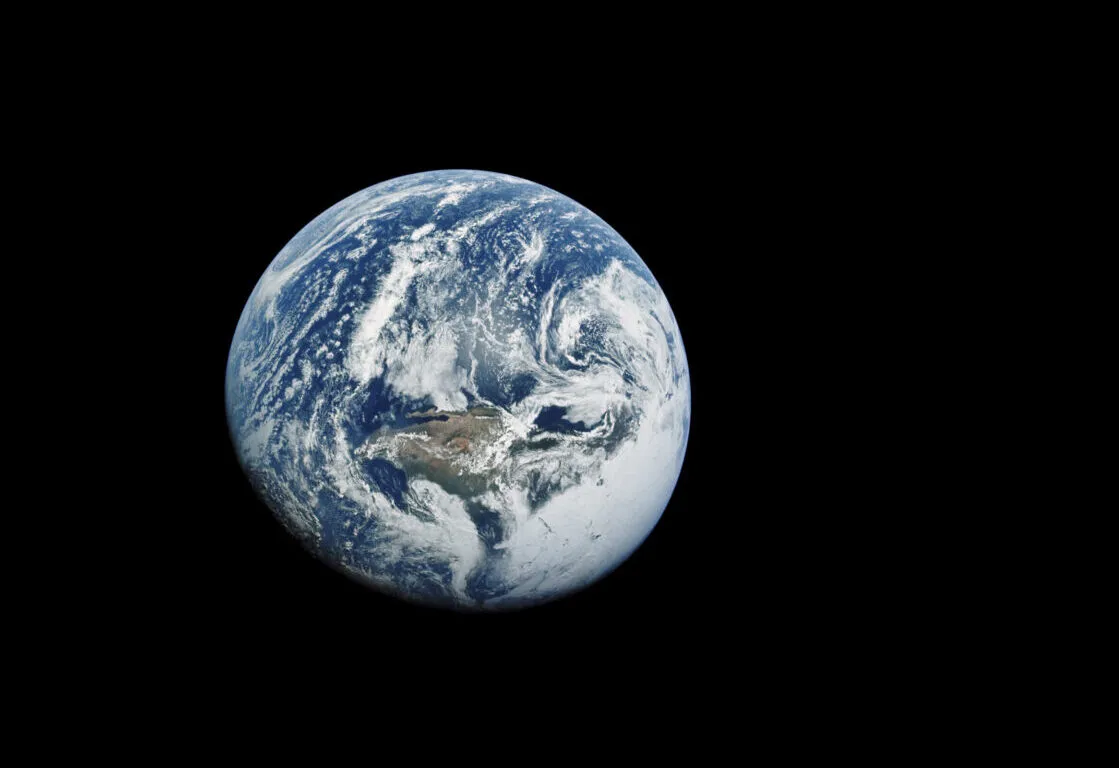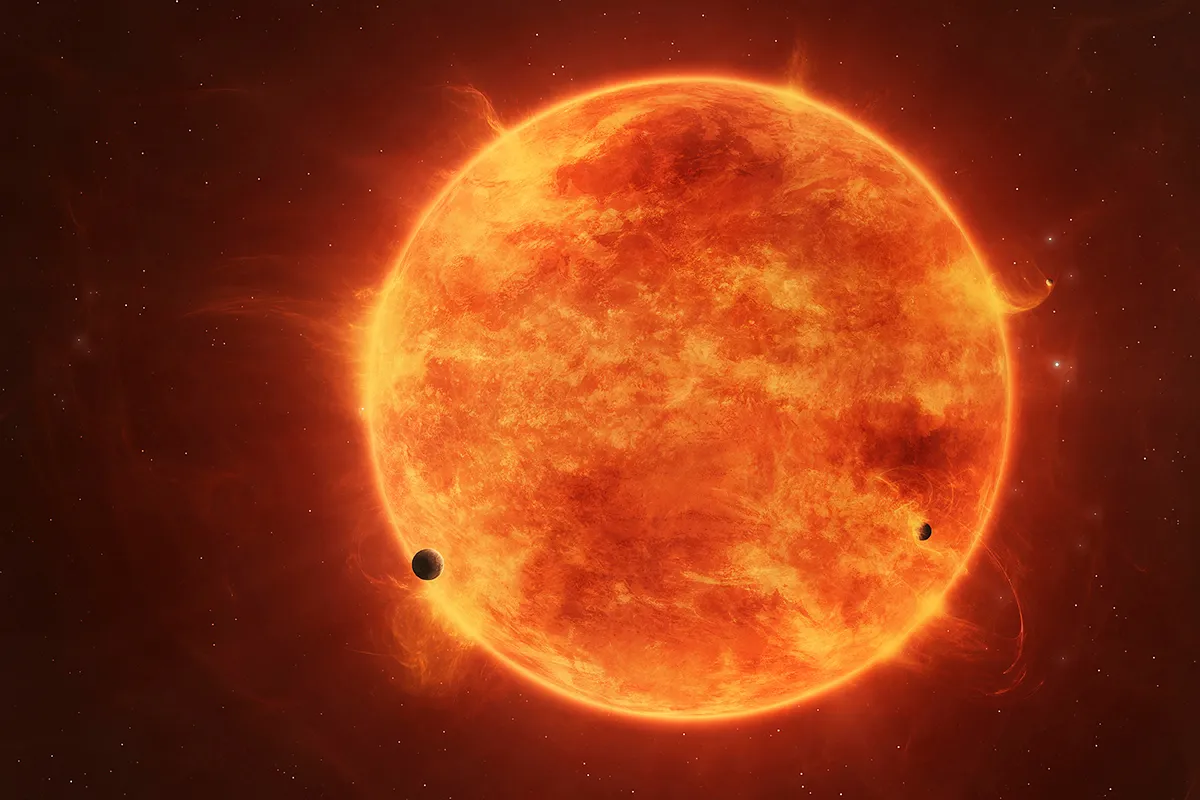For obvious reasons, it's impossible to imagine life on Earth without oxygen. But will it ever run out? And if so, how long will our planet continue to have oxygen?
There are a few scenarios in which we could imagine the end of life on Earth: Climate change, rising CO2, an asteroid impact, the steady brightening of the Sun.

Or what about in about 6 billion years, when our Sun begins to expand and will likely swallow the inner planets of the Solar System, including our own?
A group of scientists worked out the most likely cause of Earth becoming uninhabitable, and they say it will be a result of our planet losing its oxygen-rich atmosphere.
They used computer models to help them calculate when Earth will run out of oxygen.

How did our planet get oxygen?
Scientists point to the 'Great Oxidation Event' as the moment when the levels of oxygen in Earth's atmosphere and oceans began to rise significantly.
This happened around 2.5 billion years ago and, while the exact cause is debated, it's thought that single-celled organisms are largely responsible for the Great Oxidation Event.
Whatever the cause, this was a key epoch in the evolution of Earth, producing breathable oxygen that would make our planet habitable for a variety of larger organisms.

The end of oxygen on Earth?
Earth won't have an oxygen rich atmosphere forever, scientists say.
While it's impossible to predict the future, scientists are able to use computer models to analyse a variety of different scenarios and calculate how long Earth might continue to have an oxygen-rich atmosphere.
To examine how Earth's atmosphere will evolve, Kazumi Ozaki, Assistant Professor at Toho University and Christopher Reinhard, Associate Professor at Georgia Institute of Technology, created a model of Earth on a computer to simulate climate and biochemical processes.
The study, published in Nature Geoscience, found the future lifespan of Earth's oxygen-rich atmosphere is 1 billion years.
"For many years, the lifespan of Earth's biosphere has been discussed based on scientific knowledge about the steady brightening of the Sun and global carbonate-silicate geochemical cycle," says Ozaki.
"One of the corollaries of such a theoretical framework is a continuous decline in atmospheric CO2 levels and global warming on geological timescales.

"It's generally thought Earth's biosphere will come to an end in 2 billion years due to the combination of overheating and CO2 scarcity for photosynthesis.
"If true, one can expect atmospheric O2 levels will also eventually decrease in the distant future. However, it remains unclear exactly when and how this will occur."
Clearly, running a computer model to accurately predict what will happen to Earth in the next few billion years comes with its own problems.
In order to conclude with a certain probability what might happen, Ozaki ran the computer simulation over 400,000 times, varying different aspects of the model each time.
He found that Earth's oxygen-rich atmosphere will last for another 1 billion years.
After this time, 'rapid deoxygenation' will occur, and our atmosphere will be reminiscent of early Earth before the Great Oxidation Event, 2.5 billion years ago.
"The atmosphere after the great deoxygenation is characterised by an elevated methane, low-levels of CO2, and no ozone layer. The Earth system will probably be a world of anaerobic life forms," says Ozaki.

Life beyond Earth
While giving us a valuable insight into the timespan for life on Earth, the study has more cosmic implications, too.
Oxygen is a key 'biosignature' that astronomers look for when observing planets beyond our Solar System, known as exoplanets.
A biosignature is a chemical detected in the atmosphere of a distant planet that could indicate biological processes at play: in other words, life.
The study suggests Earth's oxygenated atmosphere is not a permanent feature, and could even account for as little as 20–30% of Earth's history.
So if an extra-terrestrial species were looking for signs of life on Earth, what's the chance they would be observing our planet during the time when oxygen was abundant in the atmosphere and life flourished on the ground?
Similarly, what are the chances that we ourselves are pointing our telescopes at distant planets and catching them at the point in their history when biosignatures are detectable?
The authors of this study say it shows astronomers need to consider biosignatures that are applicable to planets with little or no oxygen, if we're to increase our chances of finding life beyond Earth.
Read the full paper at www.nature.com/articles/s41561-021-00693-5

